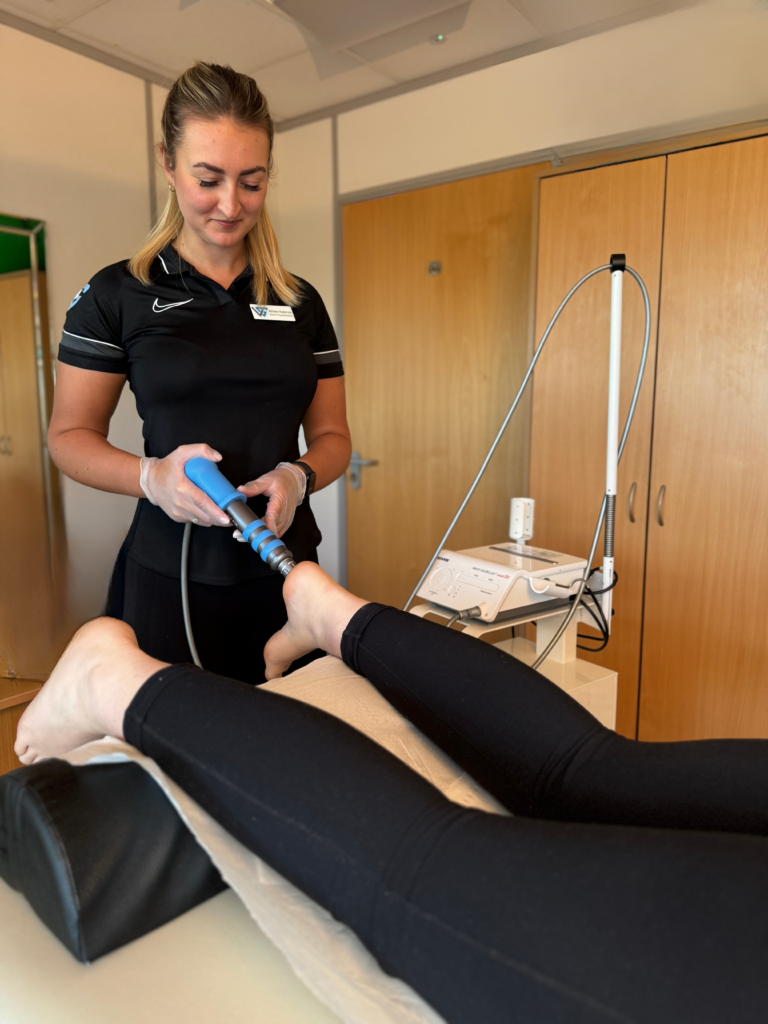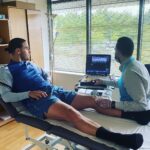Plantar fasciitis is one of the most common forms of foot pain. The plantar fascia is a broad band of connective tissue that runs from the heel bone and inserts into each of the toes, forming a fan shaped structure. Repetitive stress and strain placed through the foot and overstretching of the plantar fascia causes micro-tears and inflammation to tissue, which can often cause intermittent pain for months.
The most common signs and symptoms of plantar fasciitis are:
- Pain at the bottom of the heel
- Pain worse after exercise or standing long periods
- Pain worse first thing in the morning and after periods of inactivity, such as getting up after sitting
- Gradual build up and worsening over time
Factors that can predispose you to plantar fasciitis include:
- Repetitive use of feet, worsened in flat/unsupported footwear or walking barefoot a lot
- Large sudden increase in activity levels
- Flat feet
- Tightness in the lower leg muscles, especially your calf muscles
Although it has been traditionally difficult to treat, it has become much easier over the past years with the emergence of Radial Shockwave Therapy. This has been shown to be highly beneficial in treatment Plantar Fasciitis, even in extremely chronic cases. Read more about Shockwave here. However, it is always vital to address to factors that caused the issue in the first place. Your physiotherapist will discuss this with you and help to implement strategies such as the use of stretches, ice and orthotics to mitigate this,
If symptoms do not settle with physiotherapy and Radial Shockwave Therapy, an Ultrasound-guided Injection can be very effective. Read more about that here.








